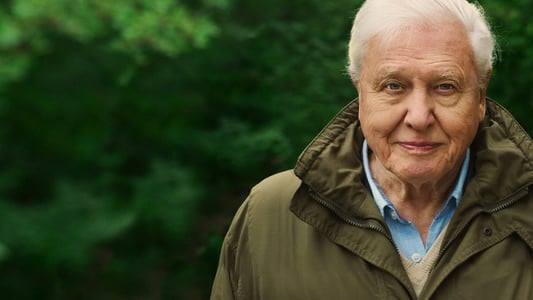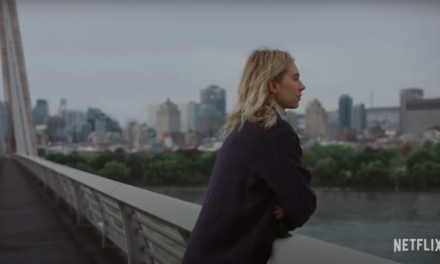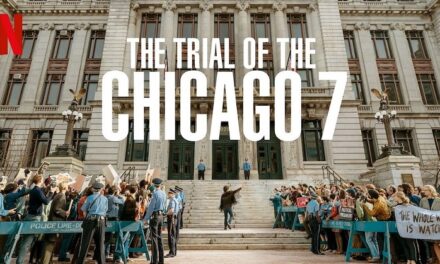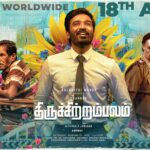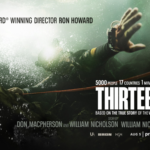Director: Keith Scholey, Alastair Fothergill, Jonnie Hughes
Cast: David Attenborough
In David Attenborough: A Life on Our Planet, even as the camera tracks trees and rainforests being felled across the world, it never fails to capture the beauty of the same world we are all a part of. Even in that destruction of beauty, there is hope from nature. And this is a running thought throughout the documentary: ascertaining that humans are not the only species in this planet. The film, streaming in Netflix, is the world-renowned naturalist’s ‘witness statement and vision for the future’.
Amazing and unbelievable wildlife videography and footage of Attenborough’s famed travels across the world give us a sharp picture of what he has witnessed in his lifetime: a world that is in danger due to declining resources and perishing biodiversity. The film kicks off at the Chernobyl nuclear plant site, which is essentially one of the biggest manmade disasters, and then slowly takes us through the biodiversity of our natural resources and its current state. Attenborough with his time-honoured knowledge of wildlife and nature gives us a startling peek into how the natural resources were sustaining centuries earlier and their current pitiful state. He reminds us of the melting polar regions and the resultant climate change; he asks us to stop deforestation and gives us estimates of depleting resources. A running timer that tracks the carbon emissions, world population, and the wilderness available from 1937 till 2020 (following his lifetime) is a constant reminder of the dire situation. Through this film and Attenborough’s narration, we can witness the changing coral colours, the diminishing fish population, wildlife that is slowly ceasing to exist and while the visuals are extremely alarming, they are the need of the hour.
“Three trillion trees across the world have been cut down and half of the world’s rainforests have bene cleared,” says Attenborough in his booming steady voice reminding us of the havoc humans have wreaked on the rest of the world. We get to see endearing video shots of Attenborough’s tryst with nature and his passion for saving the planet’s biodiversity is evident. Accompanied by footage from his previous programmes and by stark images of dead animals and sea creatures, what we witness in this documentary is a wakeup call to fix what is left of the earth.
The story of the of the decline of the orangutan population in Borneo due to deforestation is something that will stick to anyone’s hearts for a long time to come. Not to mentions the video shots of dead corals and vibrant forests being replaced by rows and rows of planned oil palms. David Attenborough passionately appeals to mankind to save what is left and gives us ways to redeem ourselves. The film is not all doom but shows us a silver lining with stories of countries that have successfully used renewable energy, countries that have managed to contain its population and thereby enjoy all natural resources and many more. The naturalist gives us strong advice of how we can change our day-to-day lifestyle to make space for our fellow earthlings and to “re-wild the world.”
Human beings have overrun the world and restoring biodiversity is the only way out of this rut we find ourselves in, says Attenborough and urges us to look forward and save the planet for the sake of the future generations. As the documentary winds up and ends where it began – at the Chernobyl site – we see how wildlife has captured its place in the very same location that is deemed useless for humans. And as Attenborough says, what more proof do we need to understand that “if we take care of nature, nature will take care of us.”

